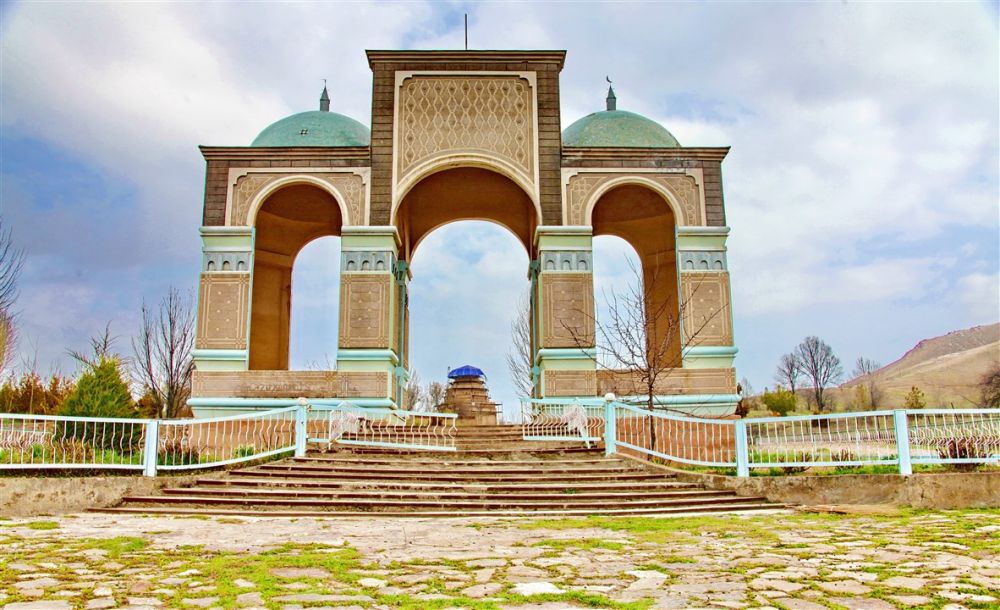

The Shah Fazil Mausoleum, nestled in the picturesque province of Jalal-Abad in Kyrgyzstan, is not only an architectural masterpiece but also a testament to the region's rich historical tapestry. This mausoleum is considered one of the most sacred and significant historical sites in Kyrgyzstan, attracting tourists who are enthusiasts of history, architecture, and spirituality.
The origins of the Shah Fazil Mausoleum date back to the 11th and 12th centuries, a period when the Karakhanid Dynasty was at the zenith of its power in the region. The mausoleum was likely constructed as a shrine for a local saint or hero, although its precise historical significance remains partially shrouded in mystery, only adding to its allure.
The structure is renowned for its intricate brickwork and the harmonious integration of various architectural styles, including Persian and Arab influences, as well as elements from earlier Buddhist structures. Despite creeping deterioration due to age and environmental factors, restoration efforts have been made to preserve this invaluable cultural monument.
Tourism in Jalal-Abad, and particularly at the Shah Fazil Mausoleum, has developed over time from a trickle of historians and scholars interested in Silk Road civilizations to a more broad-based tourism appeal. With Kyrgyzstan's independence in 1991, the country opened up to the world, inviting a more diverse group of individuals to explore its treasures.
The Government of Kyrgyzstan, recognizing the potential of the Shah Fazil Mausoleum as a tourist attraction, has worked alongside international organizations to preserve the site. The mausoleum was included in the UNESCO World Heritage Tentative List in 2001, considerably enhancing its profile among global travelers.
In recent years, there has been a discernible spike in sustainable and experiential tourism within Kyrgyzstan. Visitors are increasingly seeking authentic experiences that offer deeper cultural immersion. Tours that involve interaction with local communities, experiencing traditional Kyrgyz hospitality, and opportunities to learn about the country's history firsthand are gaining popularity.
Modern-day tourists to the Shah Fazil Mausoleum are often found combining their visit with excursions into the surrounding natural landscapes, such as the nearby Walnut Forest of Arslanbob or the hot springs of Jalal-Abad.
Efforts have also been made to facilitate easier access to historical sites like Shah Fazil. Improved infrastructure, such as better roads and increased accommodation options, reflect the commitment to making this historical gem more accessible to international and domestic tourists alike.
To sum up, the Shah Fazil Mausoleum remains a cornerstone of Kyrgyzstan's cultural heritage and continues to feature prominently in the evolving narrative of the country's tourism industry. Its blend of historical significance, architectural beauty, and spiritual resonance ensures it remains a must-visit destination for travelers from around the world.